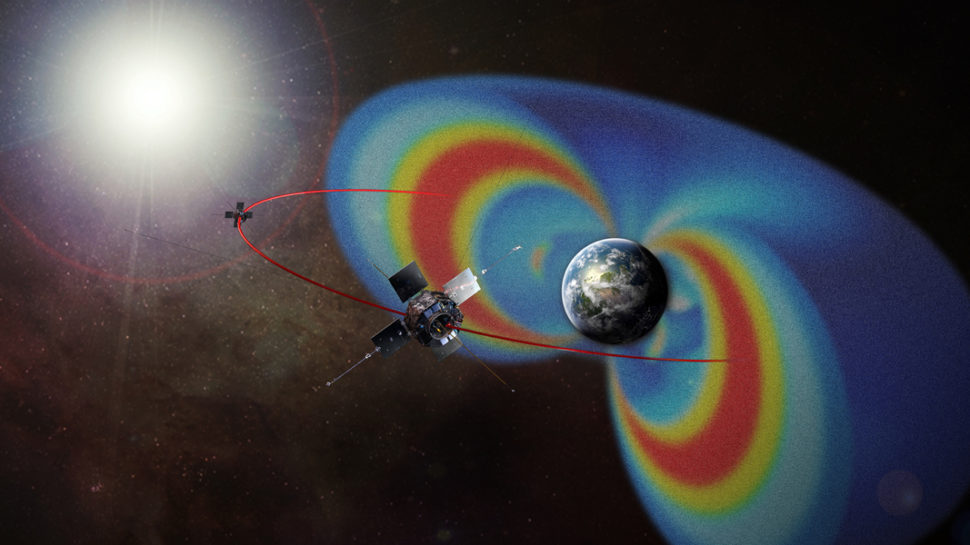Researchers from Colorado have finally solved a decades-long mystery surrounding the Van Allen Belts.
With the help of a tiny orbiting satellite, researchers from the University of Colorado Boulder were able to shed light on the 60-year-old mystery shrouding Earth’s Van Allen belts. In a study published in the journal Nature, the team investigated the source of the energetic and potentially damaging electrons found in our planet’s inner radiation belt, near its inner edge.
If you’re not familiar with it, the Van Allen Belts are two large belts of radiation surrounding Earth, a so-called area of energetic particles, and they are supposedly held in place by our planet’s magnetic field. Apparently, these belts protect us from some of space’s most dangerous radiation by trapping charged particles within its region.
“We have finally solved a six-decade-long mystery.” – Professor Xinlin Li
Through the years, space scientists studied these belts in an effort to answer some more complex questions about its existence such as what happens when particles from our sun hit the belts during a geomagnetic storm. Researchers admit that more work needs to be carried out as many previous observations of the belts were done only with electrons at a small range of energy levels.
Researchers solved the 60-year-old mystery about Earth's #VanAllen beltsClick To TweetUncovering the Van Allen Belts’ Source of Energetic Particles
The study, led by Professor Xinlin Li of CU Boulder’s Laboratory for Atmospheric and Space Physics (LASP), was able to solve one of the many mysteries of the Van Allen belts: the source of its energetic and potentially harmful particles.
The study indicates that the energetic electrons found in our planet’s inner radiation belt, particularly near the inner edge, originate from supernovae. It appears that during a process known as “cosmic ray albedo neutron decay” (CRAND), the cosmic rays from exploding stars entering Earth’s atmosphere collide with neutral atoms. These collisions form a so-called splash which in turn produces charged particles, including electrons, that are being kept in place by Earth’s magnetic fields.
“We are reporting the first direct detection of these energetic electrons near the inner edge of Earth’s radiation belt,” Li, a professor in CU-Boulder’s Aerospace Engineering Sciences department, said.
It was said that soon after the discovery of the Van Allen belts in the late 1950s, both Russian and American scientists concluded that CRAND was most likely the reason behind the high-energy protons trapped in Earth’s magnetic field. However, no one was able to successfully detect the electron counterparts that should have been produced during the neutron decay process.
Thanks to a CubeSat known as the Colorado Student Space Weather Experiment (CSSWE), the source of the once-undetectable energetic electrons were finally discovered. CubeSats are usually small satellites about the size of a loaf of bread.

CSSWE in particular housed a small, energetic particle telescope, the Relativistic, Electron and Proton Telescope, used to measure the flux of solar energetic protons and Earth’s radiation belt electrons. It was launched in 2012 on an Atlas V rocket.
“This is really a beautiful result and a big insight derived from a remarkably inexpensive student satellite, illustrating that good things can come in small packages,” Daniel Baker, co-author of the study, said. “It’s a major discovery that has been there all along, a demonstration that Yogi Berra was correct when he remarked ‘You can observe a lot just by looking.'”
The discovery of the source of energetic electrons in the Van Allen belts is beneficial in creating better space suits and ships for future space missions.



















Comments (0)
Most Recent